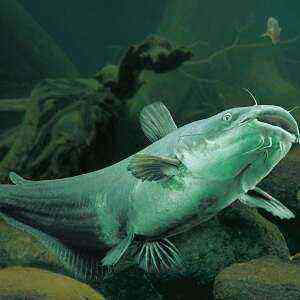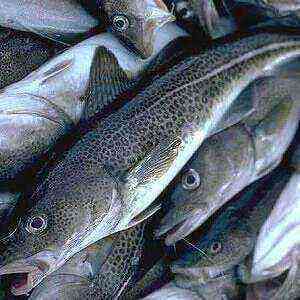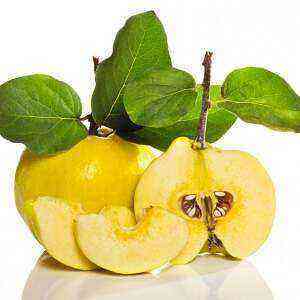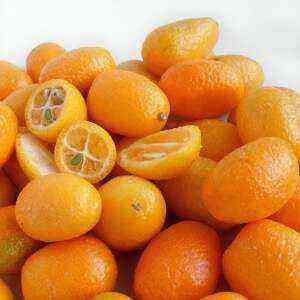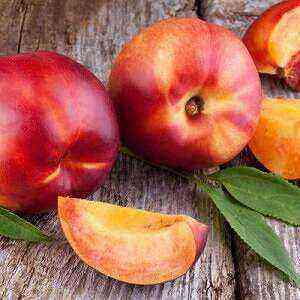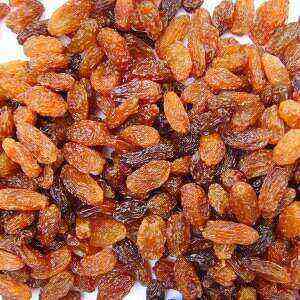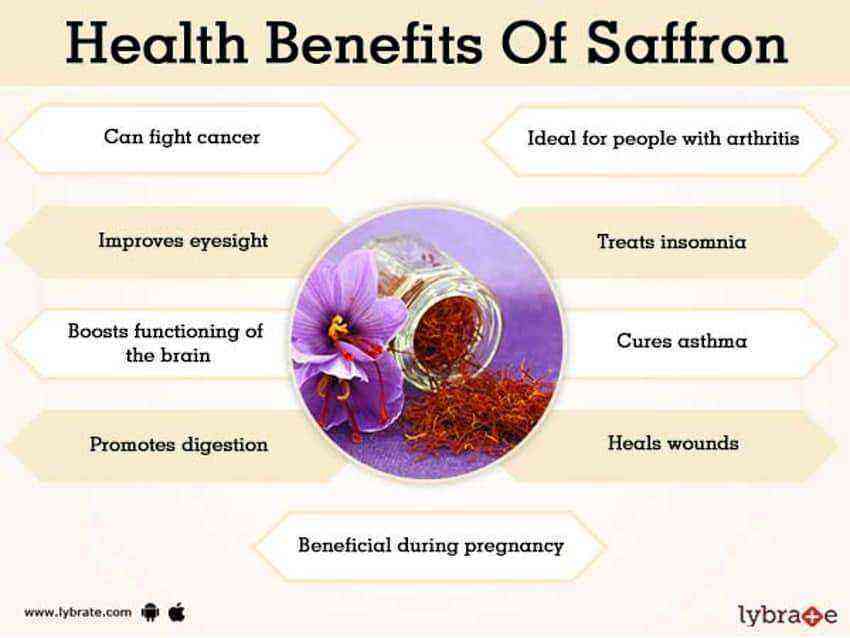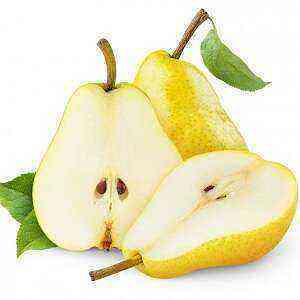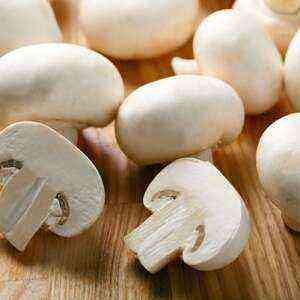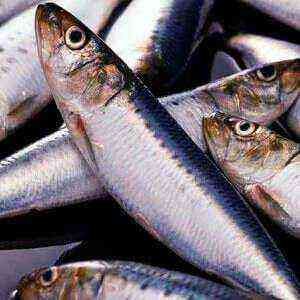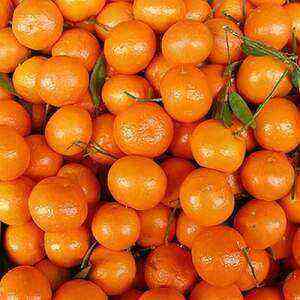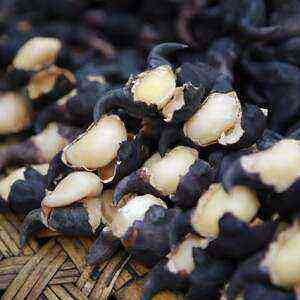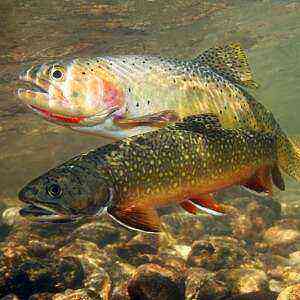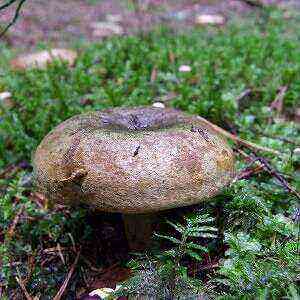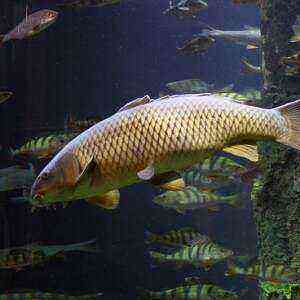
The species of common carp, which is called “residential”, usually lives in one specific reservoir, preferring to spend its entire life in it. Semi-anadromous carp choose fresh lakes or other sources of fresh water for their habitation, moving to rivers during spawning. Carp feels great, including in the reservoirs of Siberia and Central Asia.
The carp can be easily recognized thanks to its golden scales with a specific bluish tint. It is slightly lighter on the abdomen, somewhat darker on the back, and each scale is edged with a black stripe. In addition, the fish has a wide dark gray dorsal fin, which is significantly different from the rest of the color.
This fish belongs to long-livers, and can live up to 35 years. Until about 7 years old, it grows, and as a result grows to an average of 2 or 3 kilograms. However, sometimes there are fish weighing up to 25 kilograms and up to a meter long. However, this is the exception rather than the rule, and such fish usually live in suitable conditions and large bodies of water.
About the composition
This fish contains a very large amount of substances necessary for the normal functioning of the human body. In particular, it contains vitamin E, vitamin PP, vitamin A and vitamin C. In addition, it contains several B vitamins: vitamin B1 and vitamin B2. Healthy fats and fatty acids are also included. Like any other fish, carp contains a high concentration of phosphorus, which is necessary for the normal functioning of the nervous system, as well as sodium and potassium, magnesium, fluorine, calcium, iron and chromium.
A vitamin such as retinol improves vision, including night vision. And fatty acids support vision well enough to delay age-related degenerative processes in the eyeball as much as possible.
The chemical composition of carp (per 100 g)
Caloric content 97 kcal Proteins 18,2 g Fats 2,7 g Water 78 g Ash 1,1 g
Vitamins
Vitamin A 10 mcg Retinol 0,01 mg Vitamin B1 0,13 mg Vitamin B2 0,12 mg Vitamin C 1,5 mg Vitamin E 0,5 mg Vitamin PP 6,2 mg Niacin 2,8 mg
Macronutrients
Potassium 280 mg Calcium 35 mg Magnesium 25 mg Sodium 55 mg Sulfur 182 mg Phosphorus 220 mg Chlorine 165 mg
Trace Elements
Iron 0,6 mg Iodine 50 μg Cobalt 20 μg Manganese 0,05 mg Molybdenum 4 μg Nickel 6 μg Fluorine 430 μg Chromium 55 μg Zinc 0,7 mg
Carp roe
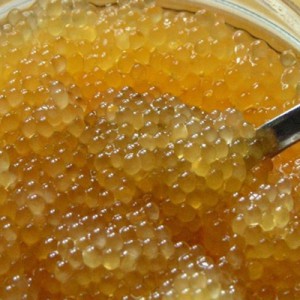
- help to prevent cardiovascular disease;
- help to reduce the level of harmful cholesterol in the blood;
- can significantly increase brain activity, strengthen the nervous system and help with stress.
Some substances contained in milk are used in various medical supplements and even in cosmetology.
Useful properties of carp
Due to its high concentration of vitamins and minerals, this fish is excellent for inclusion in the diet of children and the elderly. It not only saturates the body with useful substances, but also normalizes digestion, replenishes energy and improves mental activity.
In addition, the fact that there are no carbohydrates in fish makes it possible to include it in the diet for people on a diet, with medical restrictions on the menu, or in the event that a person suffers from ulcers or gastritis.
However, any kind of inflammatory disease entails a strict diet, and carp is a great way to maintain it.
In addition to the general action, the unsaturated fatty acids contained in fish help fight inflammation, which is very important both for a therapeutic diet and for maintaining a healthy lifestyle in general. In particular, a diet that includes this and other similar fish species can help prevent the formation of harmful cholesterol clots, which often cause vascular malfunction and lead to serious problems, especially in adulthood. In addition, the omega-3 substance found in fish improves blood circulation and normalizes blood pressure, thereby improving the functioning of the cardiovascular system and significantly reducing the risk of heart attack.
Carp in cooking
Carp has received recognition from culinary experts due to the fact that it has a very delicate taste and juicy meat. In addition, this taste is quite rich, so that carp can be prepared both separately and as part of any dishes where it is required that the fishy taste is dominant. In many ways, the taste of the fish depends on what it ate in the reservoir in which it lived.
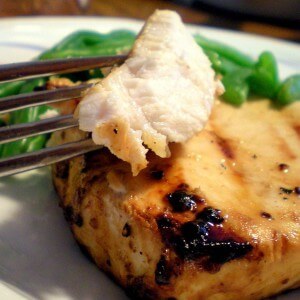
Carp in dietetics
Carp meat is low in calories: 100 grams contains only 97 kilocalories, so it is very often used during diets when you need a balanced diet and a fairly rich amount of trace elements and minerals.
Fish contains a small amount of connective tissue, so its meat is much easier to digest than pork or beef. This is especially important for those whose work involves a sedentary lifestyle. In addition, due to its high protein and important micronutrient content, fish is ideal for children and adolescents who are most in dire need of proper nutrition.
Carp in baby food
It is important to understand that the human brain is approximately 60% fat, which is vital for its normal functioning and maintenance of mental performance. That is why it is so important to include unsaturated acids in the menu of those people who are engaged in active intellectual work or are going through the learning process. Of course, these people include, among other things, schoolchildren who daily absorb an enormous amount of information and need additional nutrition for the brain, which grows and develops along with them.
In particular, if you include various types of river fish (for example, perch and rudd) in a child’s regular diet, his memory and general brain activity will function significantly better.
Such children are easier to concentrate on tasks and easier to perform intellectual work, while experiencing less serious stress and without complaining of fatigue.
It is equally important to use fish for children, who may suffer from vitamin deficiencies for various reasons. It is for children that a variety of diets is very important, since a growing body must receive the full amount of nutrients it needs for normal development and full-fledged physical and mental activity.
How to choose good fish
If you choose carp for dinner, be sure to pay attention to its quality. It is very important that the carp is as fresh as possible and not frozen. Otherwise, its meat will lose all its tenderness and charm, and you will get an unremarkable fish, moreover, with a minimum of the beneficial properties of carp.
Choosing the right carp
Before choosing a fish, be sure to pay attention to how long it is stored. In any case, even very thoroughly and once frozen foods do not have the same benefits they would if they were fresh. That is why, if you have the opportunity, buy fish fresh. Be sure to pay attention that the eyes of the fish are not cloudy, since the presence of turbidity indicates that the fish was stored for a very long time and had time to spoil well.
In addition, fish scales may contain a small amount of mucus, but if there is too much of it, this should be a cause for concern, since it indicates a long storage in the wrong conditions. Be sure to pay attention to the gills when buying: in a carp they should have a bright red color, and in no case be surrounded by mucus. The bright color and purity indicates that the fish was recently caught and can be eaten. The fish scales should be moist, this indicates a sufficiently high quality and freshness.
Since the carp is quite large, it is very often sold not whole, but cut into portions. In order to choose the right fish for yourself in such a situation, pay attention to the smell emanating from it: it should be river and fresh, pronounced. Try to press on the flesh with your finger: if the fish is fresh, the resulting depression will return to normal very quickly, which means that the fish was caught quite recently.
Harm and contraindications
In general, the carp has no special contraindications, unless we consider the individual intolerance of fish. For the rest, the main thing is not to abuse the carp, because in addition to a large amount of useful substances, it may also contain some harmful substances. This is due to one feature of the carp: it is not picky, lives even in polluted water bodies and is able to eat literally everything that it can swallow. As a result, a sufficiently large amount of not very useful substances can accumulate in the body of the fish over time, which is why you should not use it too often.



